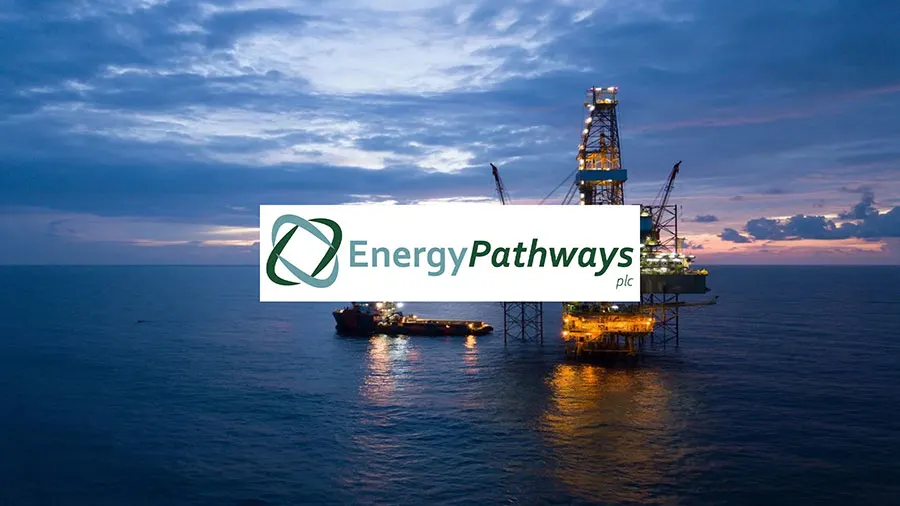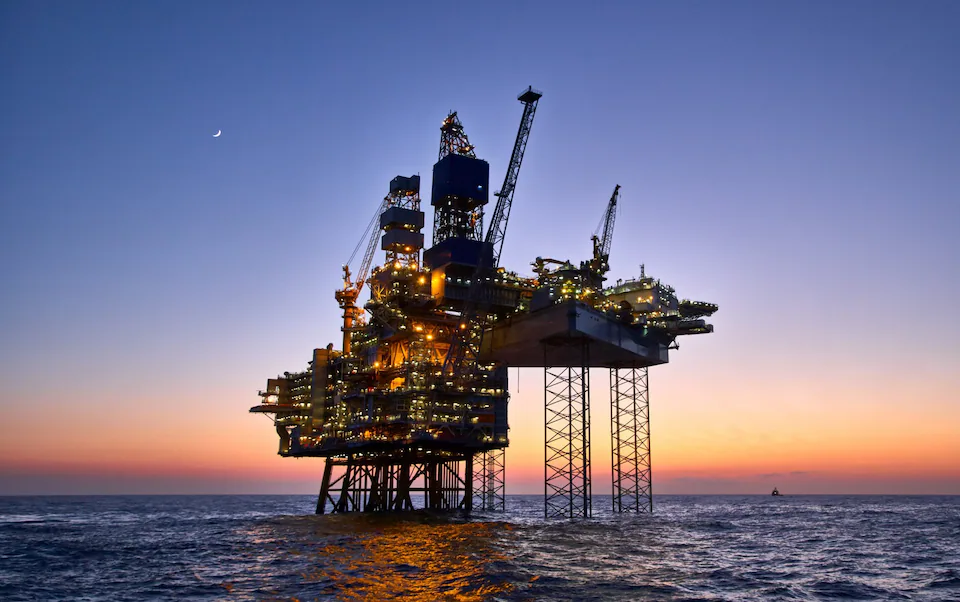EnergyPathways PLC is preparing to file new applications for hydrogen and gas storage licences in the East Irish Sea, aiming to significantly scale up its MESH energy storage project.
The company said on Monday it had secured consent from the North Sea Transition Authority to move forward with the applications. It plans to submit the paperwork later this month.
The new licences would cover a much larger area than before, around four times the size of its earlier bid, with the potential for expanded salt cavern storage.
These caverns, which are created by dissolving underground salt layers, can be used to store compressed air, hydrogen and natural gas, helping balance supply and demand in the power grid.
MESH, short for Marine Energy Storage Hub, is a long-duration energy storage project that aims to use surplus offshore wind power to generate low-carbon electricity when demand is high or when the wind isn’t blowing.
The facility would also produce hydrogen and synthetic graphite, both of which are expected to play growing roles in the UK’s low-carbon future.
Ben Clube, EnergyPathways’ chief executive, said: “This follows the Secretary of State’s formal confirmation that our MESH project is a project of national significance, a powerful signal that reinforces our confidence in the UK investment environment for energy transition projects such as MESH.”
The company said MESH had now been recognised as a “development of national significance” under the 2008 Planning Act, a designation that could help accelerate the approval process.
The decision was issued by Ed Miliband, the Energy Security and Net Zero Secretary, in late September.
EnergyPathways claims the project could support energy security, contribute to net zero targets and lower bills by soaking up unused offshore wind energy that would otherwise be wasted.
According to the company, the UK loses billions of pounds’ worth of wind power each year when supply exceeds demand or when infrastructure can’t cope.
The MESH facility is designed to store this excess energy in salt caverns beneath the seabed. The system would then release the energy back into the grid during lulls in renewable generation, using compressed air, hydrogen, and natural gas through specially adapted turbines.
The hydrogen will be produced through a process called methane pyrolysis, which breaks down methane into hydrogen and solid carbon, without releasing carbon dioxide. The by-product – synthetic graphite – is a key material in batteries and other clean technologies.
EnergyPathways has lined up a number of engineering partners, including Siemens Energy, Wood Group, Costain, and Zenith Energy. It aims to have MESH up and running by 2030, although the project still requires planning approvals and funding.
If approved, the expanded licence area would provide the headroom needed to turn MESH into what the company hopes will be one of Britain’s largest low-carbon energy hubs.
“Join the companies that smart energy professionals follow – because when you’re featured on OGV, the industry pays attention.”















